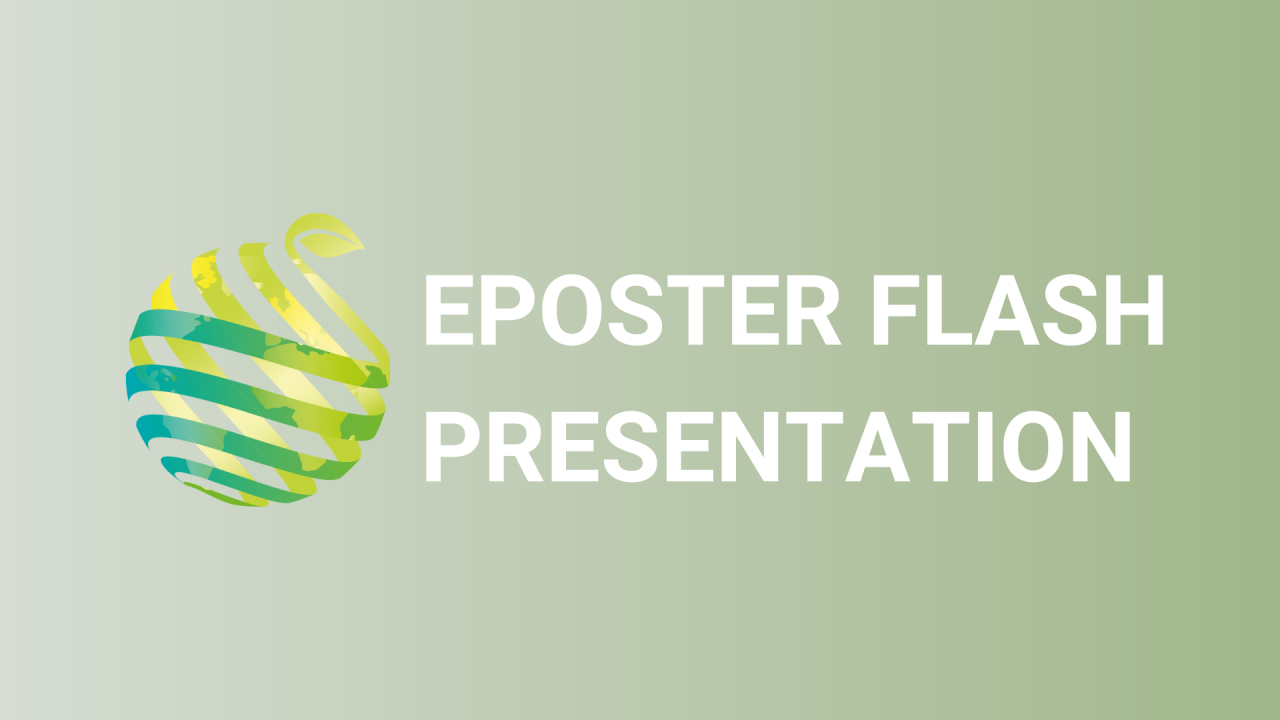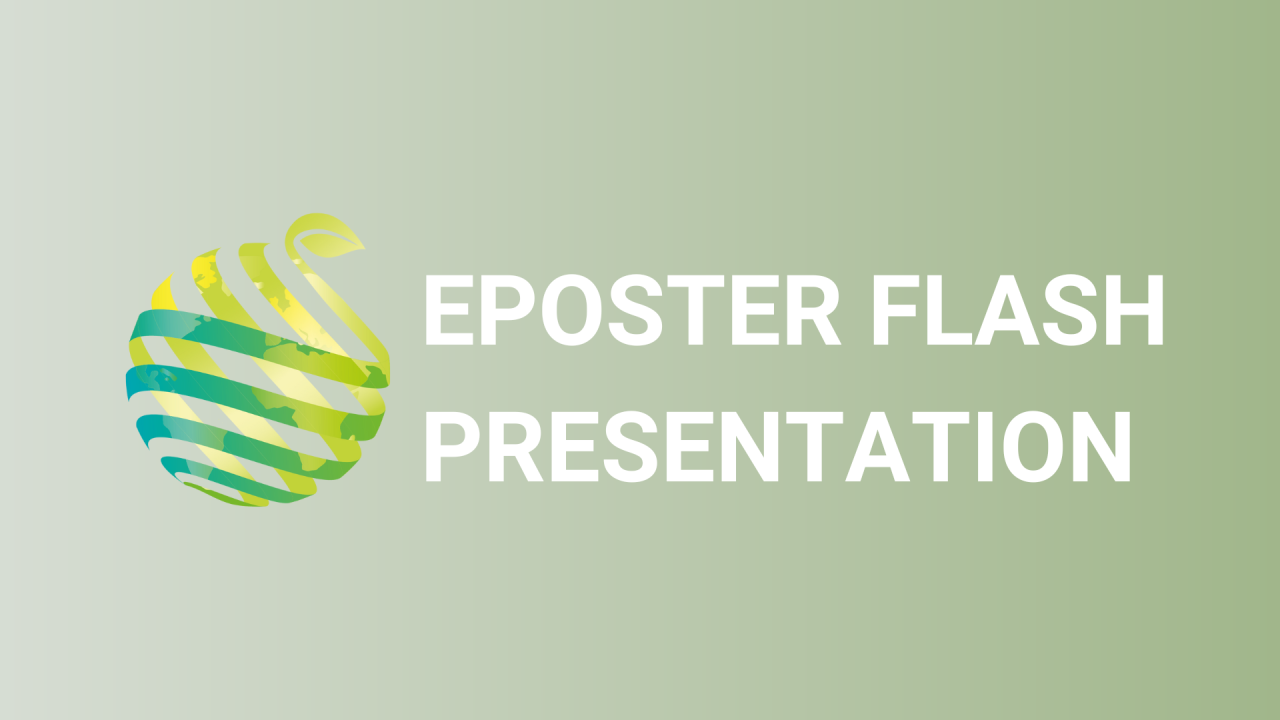

S05 - Session P3 - Induction and retention of mutations in Echeveria `Peerless´ using colchicine
Information
Authors: Raisa Aone Cabahug *, Khanh My T. Tran Ha , Ki-Byung Lim, Yoon-Jung Hwang
Known as an efficient method to develop new varieties, mutation breeding has produced promising results with exceptional morphological and physiological attributes, including pest/disease resistance, environmental tolerance, and desirable ornamental traits. Among tools in mutation breeding, chemical mutation is the most inexpensive way of developing novel plants. Succulents have gained popularity and high market demand due to their water-efficient capabilities and plastic-like visual features. Echeveria species are collector's items and higher prices come with the rareness of leaf morphological characteristics. An LD 50 study was conducted beforehand to determine survival rates of leaf cuttings of E. 'Peerless' treated with colchicine at varying concentrations (0.2%. 0.4%, 0.6%, 0.8%, and 1.0%) and dipping time (3, 6, 9, and 12 hrs). From the surviving population, mutants were identified and their phenotypic characteristics were studied at the first generation (MV 1 ). A key component in genetic and breeding programs is determining whether mutagenic characters developed from MV 1 are carried to subsequent generations. Further investigation was conducted using leaf cuttings of MV 1 plants to produce second-generation (MV 2 ) plants and determine the retention of mutation from vegetatively propagated succulent cultivars. Results suggest that application of colchicine at 0.2%-0.8% successfully produced mutants at MV 1 . Mutant characteristics showed decreased plant height ( 2~42%), increased leaf width (4~100%) and thickness (12~80%), and lesser number of leaves (17~45%) which significantly differed from the control indicating that plants exhibit compactness, wider leaf apex, and deeper leaf color hues. To confirm mutant changes, stomatal analysis was conducted, and results showed decrease in density (48~74%) and increase in stomata size (30-45%) for mutants compared to the control. These said changes in MV 1 were, likewise, done in MV 2 species and the results were congruent with the morphological and anatomical features for the successive generation. Future endeavors of researchers include conducting karyotypic analysis and ploidy confirmation using cytogenetic tools.